11252
Exhibition Site: Roma Pavilion, 23rd International Exhibition Milan Triennale. Viale Emilio Alemagna, 6, 20121 Milano MI, Italy
Opening Event: 14 July 2022, 3pm
Public Dates: 15 July – 11 December 2022
Commissioner: European Roma Institute for Arts and Culture
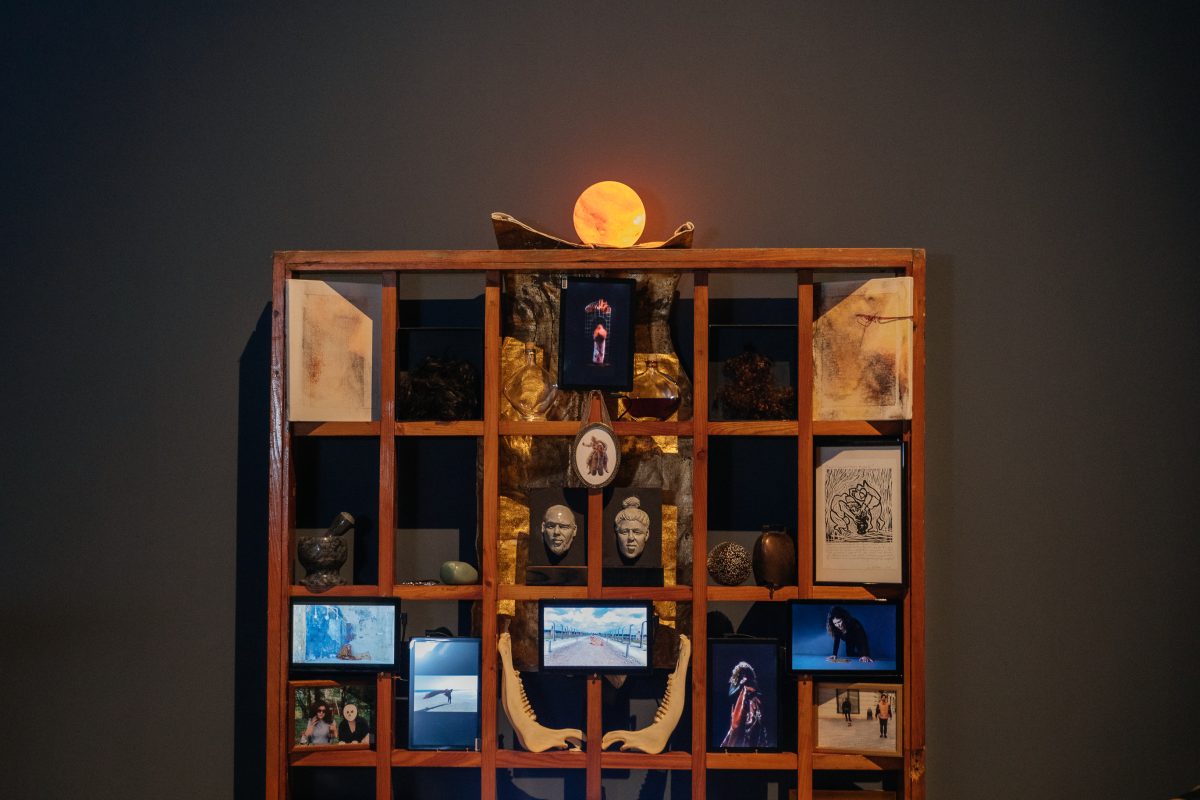
oltáRIG, Emília Rigová, 2021, installation view, And the One doesn’t Stir without the Other ©Davide Mandolini
AND THE ONE DOESN’T STIR WITHOUT THE OTHER
At the Roma Pavilion* of Milano Triennale, ERIAC presents the work oltáRIG by Slovak artist, Emília Rigová (b. 1980). The installation was conceived as a central piece of the 2020 retrospective exhibition Kale Bala, Parno Muj (Black Hair, White Mouth) held at the Schemnitz Gallery in Banská Štiavnica, Slovakia. Due to pandemic measures, the exhibition was prepared as a virtual event, but here in Milano, the work can be seen in-person for the first time. 2022 marks the 10th anniversary of the inception of the artist’s visual persona Bári Raklóri which anticipated a turn in her work towards critical exploration of the concepts of social identity, and topics with specific emphasis on Romani identity and Romani culture. From the vantage point of her own self-exploration and self-representation, Rigová takes an intersectional approach to the frameworks of collective and individual identification and labelling. The present installation oltáRIG symbolically reflects on the decade of this thematic preoccupation, and its presentation at the Romani Pavilion in Milano therefore underscores the fact that Rigová became a distinctive voice among artists self-identified as Roma, and also in national and the international contexts. Her approach, however, enabled her to avoid the trap of identity politics as, she primarily focuses on the universal experience of searching for ways of being and belonging.
As in previous instances, oltáRIG, is an expression of the author’s predilection for a word play, aiming to encode an additional layer of meaning. Here, the pun builds on homophony of the suffix ‘rik’ in Slovak diminutive oltárik (a ‘small altar’), and the root ‘rig’ in her Romani surname Rigová (suffix ‘ová’ indicates female gender). This composite could therefore be similarly read as the name of her alter ego, Bári Raklóri, a symbolic reference to the equally significant and inherently inseparable major formative experiences of growing up and living in both Romani and non-Romani social spaces. oltáRIG is therefore intrinsically personal, but it also clearly speaks of the universal irreducibility of humans into a set of conceptual frameworks, categories and labels. On the contrary, it testifies to the experience of searching for who we are as we engage in daily interactions and are impacted by major life events and processes.
Objects referencing or representing family and friends, Romani identity and culture, artistic and professional development, and idiosyncrasy of the author comprise a compact structure in which individual items can be traced semantically to many others. For example, gold is a clear reference to the Romani culture, yet it also connotes gold lettering on gravestones and therefore the author’s family business of masonry. Gold also features in the Rigová’s 2018 video performance Vomite ergo sum! in which she built on the stereotypical association of Roma and gold to question whether or not she forcefully strips herself of some identity markers so that she can feel more beautiful, purer, and more worthy of love. The issue of passing as white, thematized in Vomite ergo sum! is treated in a very different way in another work that is part of the installation, Crossing B(l)ack from 2017. While in the former piece, the author questions her desire to pass as white, in the latter she reclaims her existence of person of colour, while simultaneously pointing to the violence of categorization and labelling. The personal overlaps with the collective in the work thematizing Porrajmos, the Nazi genocide of Roma, and the issue of coerced sterilizations…
This richly interwoven web of meanings is conveyed by the fragments of her oeuvre including: family photographs, presents, awards, souvenirs, talismans, and sacred objects. All of this is all wrapped up in sound and fragrances, two major sensory stimulants which figure prominently in Rigová’s work and personal life. Therefore, the altar fulfils a double function: architectonically it is conceived as a sort of an organicist metaphor, representing the inextricable entanglement of personal and artistic development, and semantically it points to the intimate and ritual celebration and giving thanks for the path walked.
Text by Nikola Ludlová
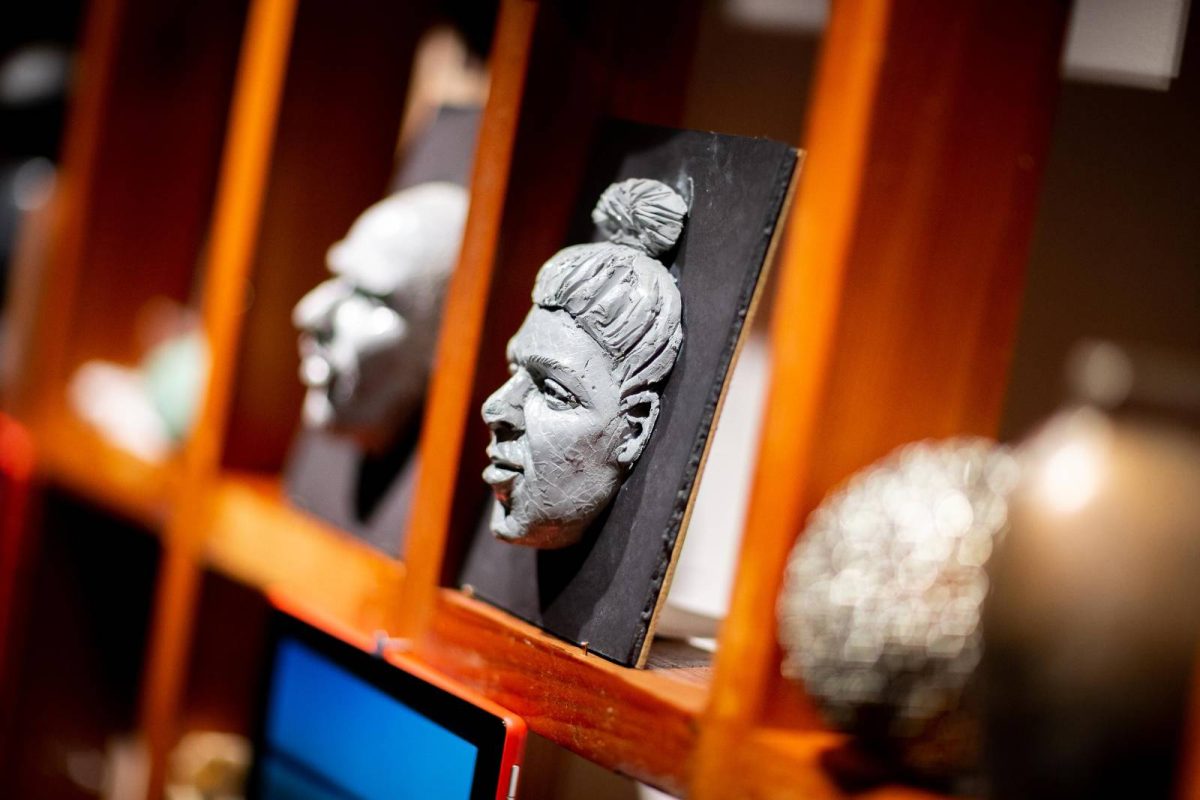
oltáRIG, Emília Rigová, 2021, detail, installation view, And the One doesn’t Stir without the Other ©Davide Mandolini,
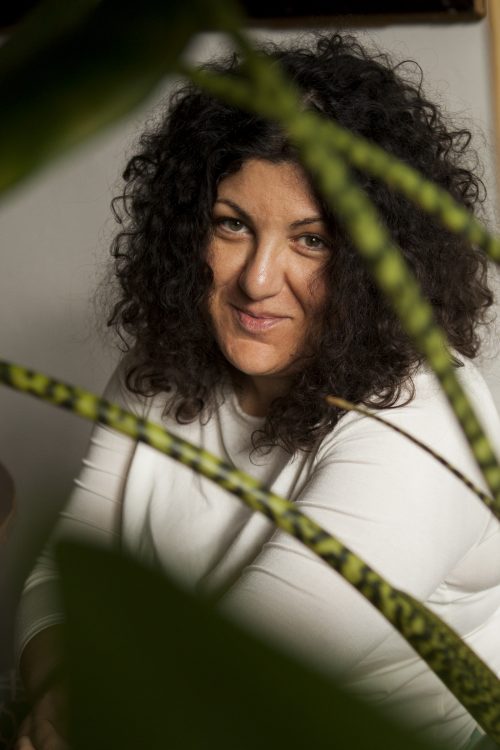
The exhibition of Emília Rigová: And the One Doesn’t Stir without the Other, commissioned by the European Roma Institute for Arts and Culture (ERIAC) for the Roma Pavilion at the 23rd International Art Exhibition Triennale Milano, comprises of installation, video, photography, found objects, and a community art project involving contributions from the members of the Roma community, who responded to artists’ invitation to mount their own altars and display personal memories and stories. The realization of this site-specific installation and the involvement of local artists and activists eager to share their personal stories was made possible through collaboration between ERIAC and Movimento Kethane, an Italy-based Roma civic organization. Building on Roma cosmology and forms of knowledge and delving into the richness of their spiritual and material traditions, Rigová aptly uses the stories evoked by the altars to cultivate a self-determined imaginarium of Europe’s largest ethnic minority. In elaborating hidden Roma stories rooted in affective familial rhizomes, the artist reveals their entanglement with overarching historical, national narratives. Through the collaboration with the local community, the exhibition unfolds as a site-specific Wunderkammer, the tangible materialisation of the diversity of Roma identities and experiences, despite the homogenizing majoritarian narrative.

Dijana Pavlović is an Italian actress, activist, politician and leader of Movimento Kethane, the movement uniting Roma and Sinti from Italy. Born in Serbia, she has campaigned for language rights for Roma and Sinti and against forced evictions in Italy, as well as working with disadvantaged youth in and around Milan. A dedicated mother and a devoted leader, her life revolves around the fight for justice for the Roma community in Italy and transnationally.
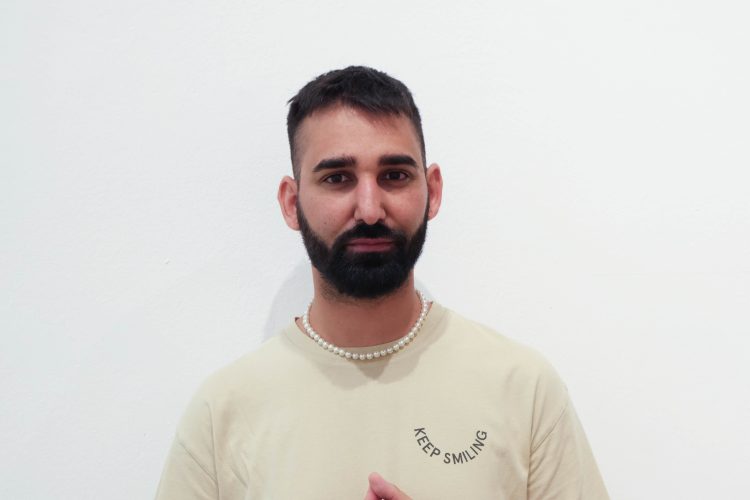
Noèll Maggini, of Sinti origin, is a fashion designer, freelance stylist and activist. Noèll has always been very proud of his Roma origins, which serves as source of inspiration in his creative work as well. He studied at the Loretta Oltremari Fashion School, and now he is the artistic director of Maison Noèll Maggini. Living and working in Milan, Italy, he devotes most of his free time to Movimento Kethane, and inspires many young Roma to never stop pursuing their dreams.

Toni Deragna is a singer and Roma activist from Italy. He is from a small village close to Milan, which is officially called by the authorities “The Roma Camp.” Born in a family with a tradition of strong community leadership and a desire to advance the living conditions and rights of Roma and Sinti in the settlements, Toni is a creative soul, who likes to sing, paint and do artistic design in his free time. He is an active member of Movimento Kethane and the international Opre Roma Association, following the steps of his great grandfather, Valentino Deragna.
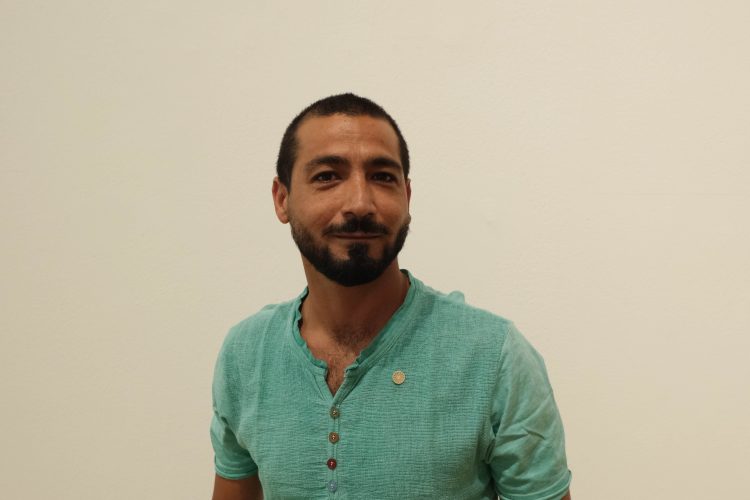
Miguel Fiorello Lebbiati, Roma activist and sculpor, is an Italian Roma and Sinti of many subgroups, including Kalderash. A truly devoted member of the Kethane Movement, and a proud father of two kids. He has inherited not only the stories of survival and resistance, but also the wisdom of his ancestors, who on one hand were travellers performing in circuses in Luna parks shows, and on the other hand worked as artisans, metal workers, craftsmen. An activist and an artistic soul, he does sculpting as a hobby.
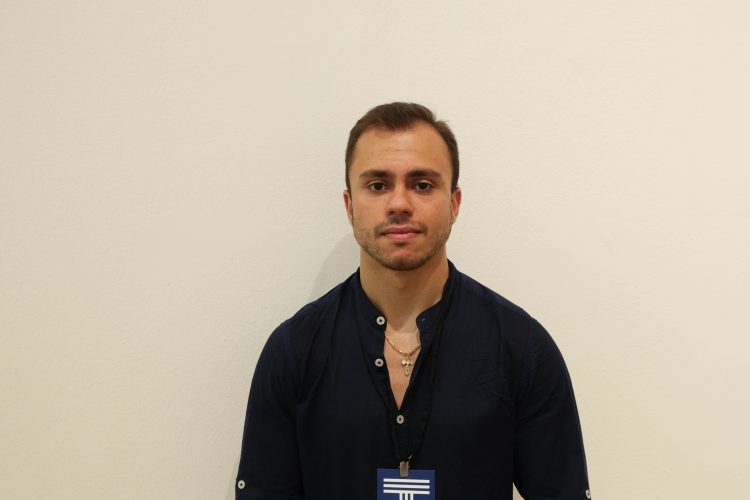
Mykhailo Shpakov is a Ukrainian Roma activist, who moved to Italy 3 years ago, and currently pursues his studies in computer sciences in Milan. He followed the steps of his parents, who also left Ukraine to make a living and create a better future for their children. However, the sweet memories of his former homeland and his strong ties to friends and family left behind keep motivating and inspiring him in this new situation, which he confronts with dignity and success.
VIRTUAL TOUR
The opening took place on 14 July 2022, performances took place by Toni Deragna singing Gelem Gelem and by Mihai Florian, accordionist Romanian Roma musician.
It included speeches from Dijana Pavlovic, ERIAC Member and President of Movimento Kethane; Emília Rigová, artist; Stefano Boeri, president of Milan Triennale; Sead Kazanxhiu, ERIAC Board Member, and a message from undersecretary Benedetto Della Vedova:
“I regret I am not able to attend in person, in the extraordinary setting of Palazzo dell’Arte, the launch of the exhibition of the artist Emília Rigova, at the 23rd Triennale Milano International Exhibition. The Triennale is among the most prestigious institutions in the Italian artistic scene. Throughout the 20th century, the Triennale promoted and upheld the unity of art and is a reference model for the cultural and economic life of our country. A success that has been made possible thanks to an intense production of magnificent events, exhibitions, seminars and educational activities, which have transformed the Triennale into a center of innovation and creative research that operates for multiple audiences and targets. Emilia Rigová’s exhibition, curated by Timea Junghaus, is a meaningful opportunity to appreciate and value the complex history of the Roma transnational minority, and to explore the story of the construction of its identity and its perception within the European context. Cultural diversity is a pivotal issue in today’s global society. The promotion of intercultural dialogue aims at making diversity a source of mutual enrichment by fostering inclusivity through promotion of the cultural heritage of socio-ethnic minorities. In such frame, art is a privileged tool, as it facilitates continuous interaction and mutual exchange by raising public awareness and interest in the relevance of adopting a crosscutting multicultural approach. Cultural diversity goes hand in hand with the objective that the Italian Ministry of Foreign Affairs has pursued through the constant planning of cultural diplomacy initiatives: Italy strongly believes that culture and art are strategic tools at the service of the national interest, both aimed at fostering rights and freedoms, promoting mutual knowledge among peoples and peacefully settling international disputes. With the new Directorate General for Public and Cultural Diplomacy, the Ministry of Foreign Affairs is implementing innovative projects aimed strengthening the cooperation with the Italian cultural industry. A strategic role is played by our network, made of 84 Italian Cultural Institutes and over two hundred diplomatic-consular missions, whose capillarity represents a precious added value. The strong collaboration between Farnesina and our Cultural Institutes has in fact made it possible to initiate, develop and disseminate cultural creative paths in various fields of art, proving to be a real driving force for Italian cultural promotion. To conclude, I would like to thank once again the Milan Triennale, and its current President Stefano Boeri, for its outstanding contribution in the field of art and culture: thanks also to your commitment, Italy is strengthening its cultural radiance in the world and its role as a bearer of strategic demands such as peace, equity, rights and freedom.”
OPENING LIVE-STREAM
PRESS RELEASE
Press coverage
https://www.milanosud.it/la-bandiera-dei-rom-e-sinti-sventola-insieme-altre-alla-triennale/
https://www.ilgiorno.it/milano/cronaca/rom-e-sinti-protagonisti-alla-triennale-1.7877890
https://ilmirino.it/triennale-23-esposizione-quello-che-non-sappiamo-di-non-sapere/
https://www.exibart.com/arte-contemporanea/quanti-mondi-siamo-alla-triennale-si-cercano-risposte/
https://triennale.org/en/events/roma-pavilion-and-the-one-doesnt-stir-without-the-other
https://www.youtube.com/watch?v=2Jkrl_C4_nA
https://phralipen.hr/2022/03/06/emilia-rigova-na-23-medunarodnoj-izlozbi-trijenala-u-milanu/
https://www.exibart.com/arte-contemporanea/quanti-mondi-siamo-alla-triennale-si-cercano-risposte/
https://www.ilgiorno.it/milano/cronaca/rom-e-sinti-protagonisti-alla-triennale-1.7877890
https://www.milanosud.it/la-bandiera-dei-rom-e-sinti-sventola-insieme-altre-alla-triennale/
https://triennale.org/build/master/en/events/not-recognized-genocide
https://www.ilfattoquotidiano.it/2022/07/14/alla-triennale-di-milano-per-la-prima-volta-un-padiglione-rom-e-sinti-la-presentazione-con-stefano-boeri-e-il-sottosegretario-della-vedova/6661210/
https://www.youtube.com/watch?v=2Jkrl_C4_nA
https://www.e-flux.com/announcements/466696/roma-rajni-romamoma-library-ft-daniel-baker-and-farija-mehmeti/
https://dailyart.news/events/visual-arts-events/roma-pavilion-presents-emilia-rigova-at-the-23rd-triennale-milano/
https://liveinitalymag.com/how-the-23rd-triennale-milano-unravels-the-unknown-unknowns/
https://www.corriere.it/la-lettura/contenuti-del-giorno/2022/07/04/triennale-milano-giro-mondo-23-paesi-b90fcdc4-fb97-11ec-aecf-ae9a96890e21.shtml
https://www.elledecor.com/it/design/a40596682/partecipazioni-internazionali-unknown-unknowns-xxiii-triennale-dimilano/
https://ilmirino.it/triennale-23-esposizione-quello-che-non-sappiamo-di-non-sapere/
The live stream was also available on the Italian newspaper page Il Fatto Cotidiano
Booklets
Text Nikola Ludlova_Illustration_Legend
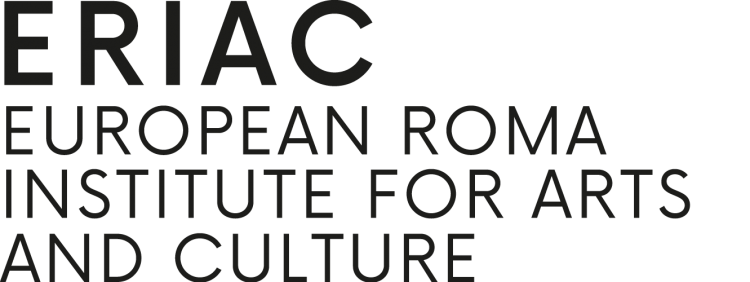

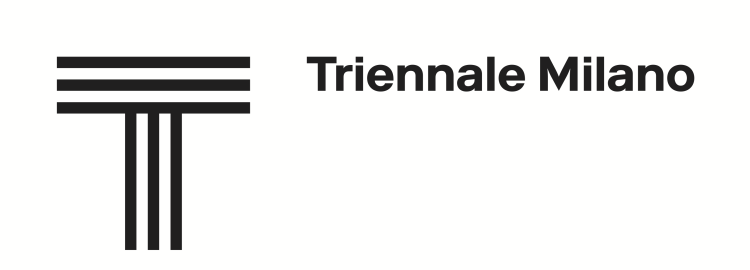
![]()

The title of the exhibition ‘And the One Doesn‘t Stir without the Other‘ is taken from the title of an essay by French philosopher Luce Irigaray.
*ERIAC follows the Council of Europe’s definition for “Roma”. The term is used to describe the largest minority of Europe (10-12 milion people) to encompass the wide diversity of the groups covered by the work of the Council of Europe in this field: on the one hand a) Roma, Sinti/Manush, Calé, Kaale, Romanichals, Boyash/Rudari; b) Balkan Egyptians (Egyptians and Ashkali); c) Eastern groups (Dom, Lom and Abdal); and, on the other hand, groups such as Travellers, Yenish, and the populations designated under the administrative term “Gens du voyage”, as well as persons who identify themselves as Gypsies. The present is an explanatory footnote, not a definition of Roma and/or Travellers.